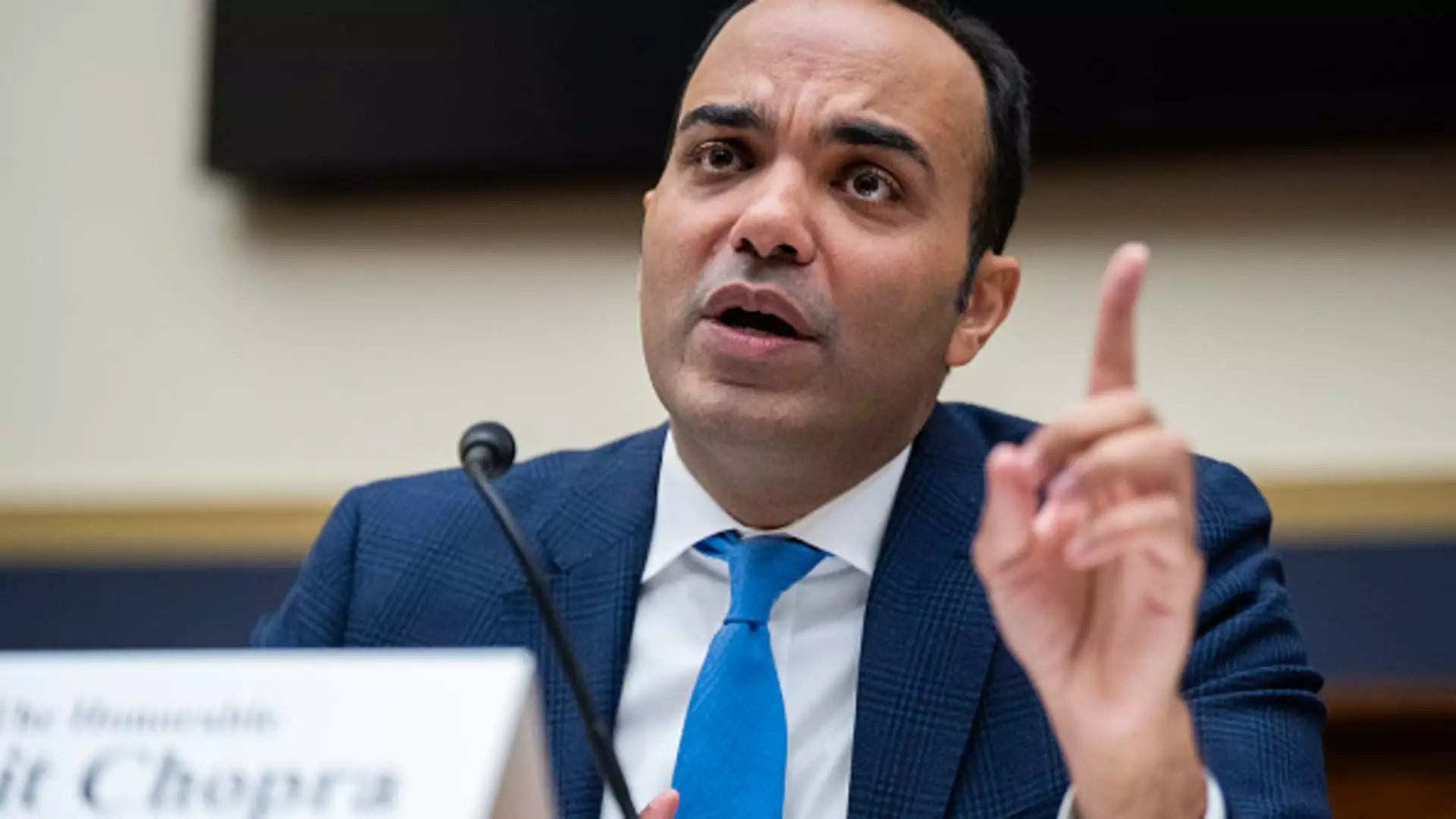In a significant move aimed at consumer protection, the Consumer Financial Protection Bureau (CFPB) announced a final rule that will fundamentally reshape how banks impose overdraft fees. This initiative is projected to save American consumers an impressive $5 billion annually, marking a notable shift in the relationship between banks and their customers. The new regulation will allow banks to charge a maximum of $5 for overdrafts, a radical reduction from the current average fee of approximately $35 per transaction. This decision reflects a broader effort to diminish what critics have labeled as “junk fees,” which often burden those with lower incomes more heavily.
Overdraft fees have long been a lucrative revenue stream for financial institutions, generating about $280 billion since the year 2000. However, the landscape is shifting. Banks such as JPMorgan Chase and Bank of America have begun to review their fee structures, reducing charges or entirely waiving overdraft fees. This has led to a gradual decline in overdraft revenues, possibly reflecting changing consumer expectations and growing public scrutiny over aggressive fee structures. The CFPB’s new rule is expected to further accelerate this trend by imposing stricter regulations on how overdraft services can be offered.
Despite the potential benefits for consumers, the regulation has not gone unchallenged. U.S. banking associations are expressing strong opposition, arguing that the limitations could hinder access to necessary financial services. The Consumer Bankers Association warned that tighter regulations may drive customers towards less favorable options like payday loans, which often come with far steeper interest rates, thereby potentially trapping consumers in a cycle of debt. This apprehension underscores a crucial element of the discussion: the need to balance consumer protection with promoting accessible financial services.
The Role of the CFPB in Consumer Advocacy
CFPB Director Rohit Chopra emphasized the importance of this regulation in the context of a broader commitment to consumer protection. The agency aims to force banks to disclose all associated fees and interest rates transparently. This transparency is critical for consumers who often find themselves uninformed about the true costs of their financial transactions. The logic driving this initiative is that knowledge is empowering; when consumers are more aware of the costs they are incurring, they can make better financial decisions.
While the CFPB has set a compliance date of October 1, 2025, the ultimate implementation of this rule remains uncertain, particularly in light of potential shifts in leadership following the upcoming presidential election. The likely appointment of a new CFPB head by Donald Trump could herald a new era of regulatory rollback that favors the banking industry’s interests over consumer protections.
Furthermore, previous attempts at regulation, such as the planned cap on credit card late fees, have faced substantial legal obstacles. With banking lobbying groups actively seeking ways to challenge and perhaps overturn this overdraft rule, the momentum toward greater consumer financial protection could be stymied.
The CFPB’s decision to limit overdraft fees is undoubtedly a landmark step in consumer advocacy, positioning itself as a defender against financial exploitation by large banks. While the implementation and durability of such regulations face significant challenges, the rule itself serves as a critical precedent in the ongoing battle for fair financial practices. As discussions continue and the political climate evolves, the implications of this ruling will resonate deeply within both consumer circles and the banking industry, shaping the future of financial services in America. The concerted effort to curb “junk fees” could ultimately foster a more equitable financial environment, but only if these changes are robust enough to withstand industry pushback.

